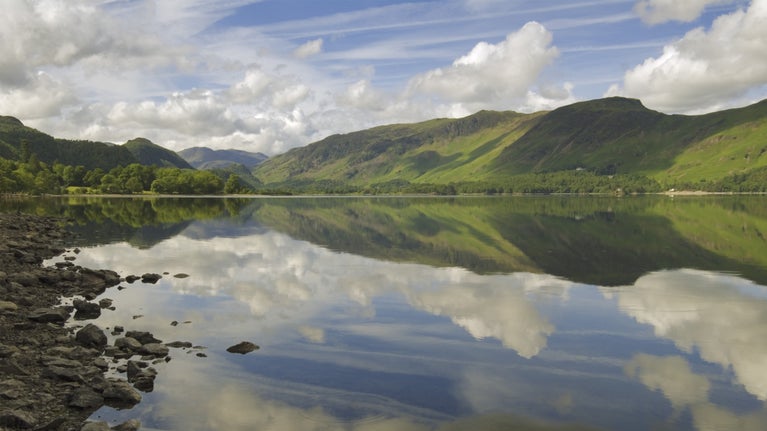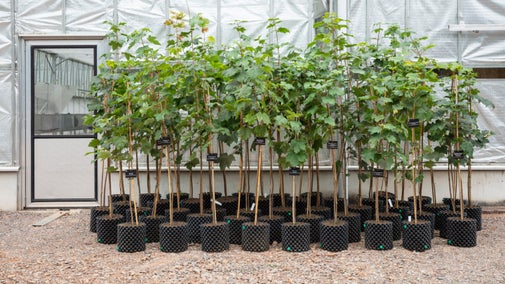

News
Read the latest National Trust news stories and learn about our position on the national and global issues that affect our work.
Top news stories
Sycamore Gap saplings planted
The first of 49 saplings from the Sycamore Gap tree are being planted across the UK. The saplings were grown from the illegally felled tree and gifted to individuals and community organisations following our ‘Trees of Hope’ initiative.

Protecting the coast through 60 years of fundraising
On the 60th anniversary of our Neptune Campaign, we've received more than £114m in donations to purchase and protect coastal land. We now care for nearly 900 miles of coastline across England, Wales and Northern Ireland.

Read our latest news stories
Contact us
If you would like to see any further news stories from our archive please contact the press office.
